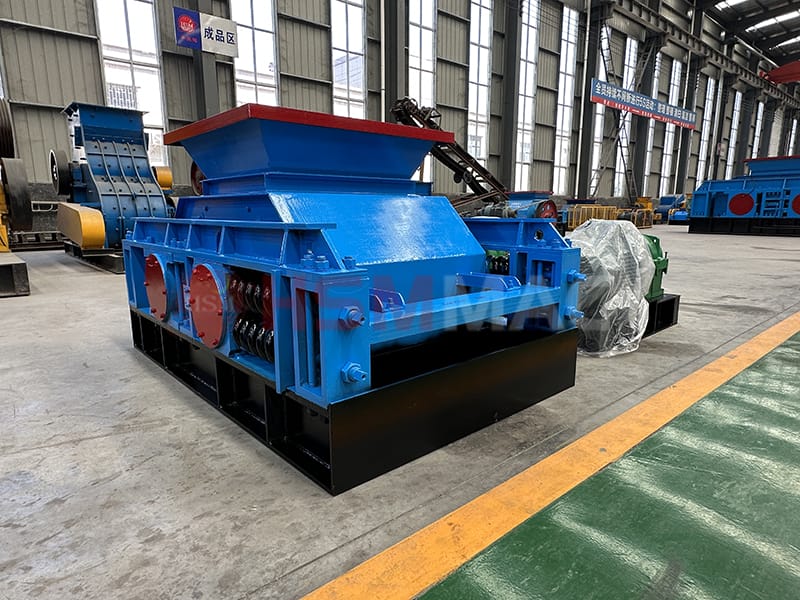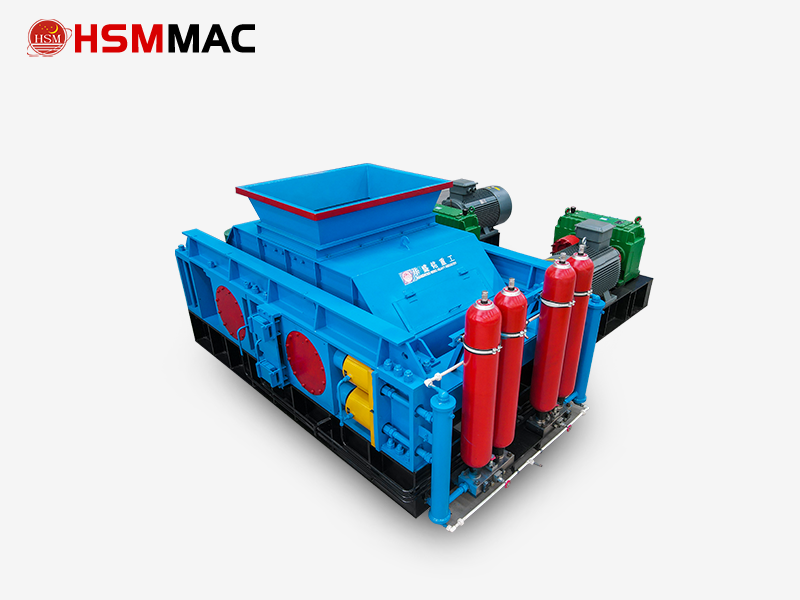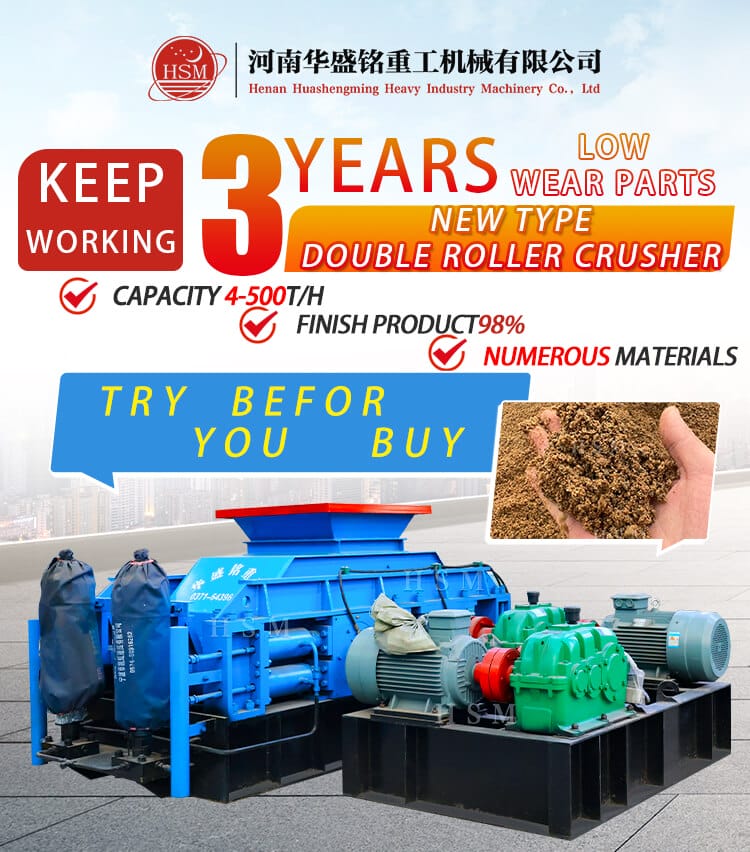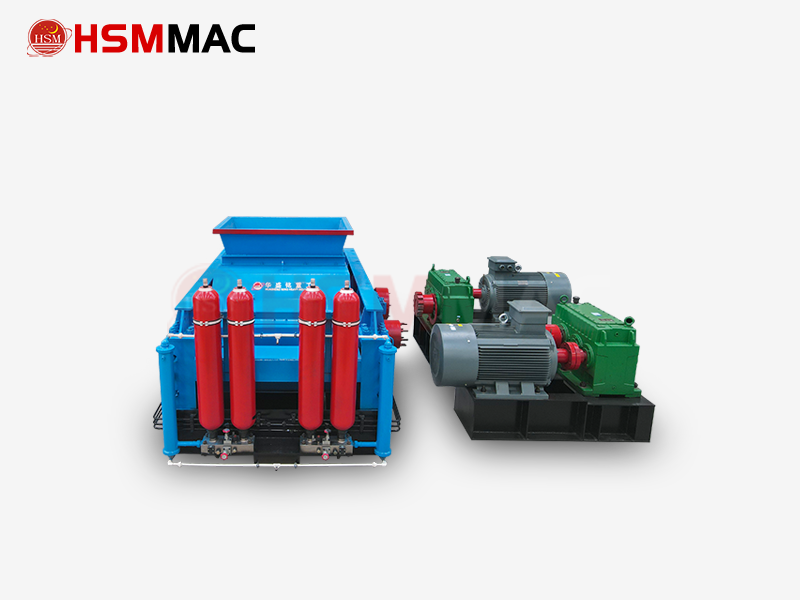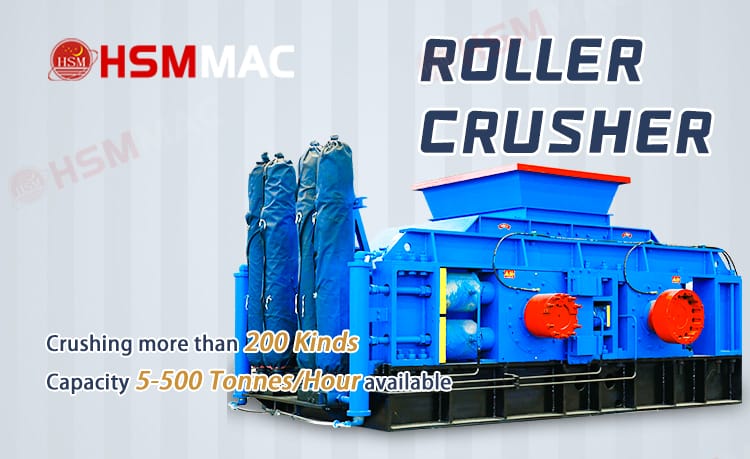In the field of asphalt recycling and crushing, the double-tooth roller crusher has emerged as the preferred equipment for processing asphalt milled material (RAP) due to its unique operating principle and technical advantages. The following is a systematic analysis from four aspects: core advantages, technical features, application value, and selection recommendations:
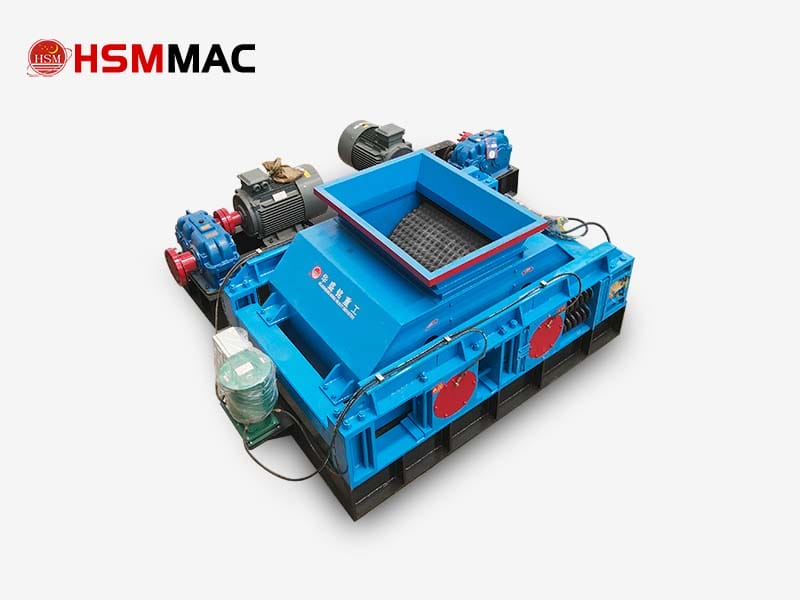
double-tooth roller crusher
1. Double-tooth roller crusher Core Advantages: Precise Crushing and Efficient Recycling
Flexible crushing process preserves aggregate properties
The double-tooth roller crusher uses two counter-rotating tooth rollers to compress and shear (rather than impact crush) asphalt milled material, significantly reducing aggregate over-crushing (over-crushing rate reduced by over 30%), preserving the angularity of the aggregate, and enhancing the rutting resistance of recycled asphalt mixtures.
Precise particle size control: Adjustable roller spacing (typically 5–50 mm) easily achieves an output particle size ≤3 cm, meeting the strict requirements for aggregate gradation in recycled asphalt pavement layers.
Efficient processing of sticky materials, preventing blockages and adhesion
Self-cleaning tooth design: Interlaced tooth rolls generate shear force during rotation, effectively peeling off adhered asphalt to prevent blockages; some models are equipped with adjustable scrapers for further cleaning of sticky materials.
Laminar crushing principle: Progressive compression reduces friction-induced heat, preventing asphalt softening and adhesion, while also reducing dust and noise (dust emissions reduced by 60%, noise <85 dB).
Outstanding Energy Efficiency and Durability
Low-Energy Operation: Low-speed, high-torque design reduces energy consumption by 20%-30% compared to impact crushers, with power consumption as low as 0.5-0.8 kWh/ton.
Wear-Resistant and Long-Lasting: Roll teeth made of high-manganese steel or alloy materials (such as Huashengming’s patented roll casing) ensure continuous operation for over 8,000 hours, reducing maintenance frequency.
2. Double-tooth roller crusher Technical Features: Intelligence and Adaptability
Intelligent Adjustment and Protection System
Hydraulic Overload Protection: Automatically retreats upon encountering unbreakable objects to prevent equipment damage.
Real-time Particle Size Adjustment: Dynamically adjusts the roller spacing through the hydraulic system to adapt to asphalt mixtures of different hardness and viscosity.
Modular Design Enhances Flexibility
Interchangeable Tooth Profiles: Coarse-tooth rollers handle large aggregates (e.g., base course fill requiring ≤5 cm), while fine-tooth rollers are used for precise crushing (surface layer recycling requiring ≤3 cm).
Mobile Configuration: The vehicle-mounted model supports on-site crushing, reducing material transportation costs by 30%.
Impurity Separation Capability
Rotating tooth rollers effectively separate lightweight impurities such as metal and wood from RAP, enhancing the purity of recycled aggregate.
3. Double-tooth roller crusher Application Scenarios and Comprehensive Benefits
Typical Application Scenarios
Road Renovation Projects: Crushed milled material is used in hot recycled asphalt mix (mixed with new asphalt for pavement construction) or cold recycling technology (base course construction).
Construction Waste Recycling: Processing of scrap concrete and bricks to produce subgrade fill materials.
Significant Economic Benefits
| Indicators | Double-tooth roller crusher | Traditional crushing equipment |
| Recycled material utilisation rate | ≥90% | 70%-80% |
| Energy consumption costs | 0.5-0.8 yuan/ton | 1.2-1.5 yuan/ton |
| Maintenance costs | Low (modular replacement) | High (frequent hammer replacement) |
Outstanding environmental value
Every 10,000 tonnes of RAP reused can reduce landfill space by 1.5 mu and reduce CO₂ emissions by approximately 200 tonnes (saving on new stone quarrying and transportation).
Compliant with the ‘zero waste city’ policy direction, contributing to carbon emission reduction targets.
4. Double-tooth roller crusher Selection Recommendations and Considerations
Key Parameter Matching
Production Capacity Requirements: Single-unit hourly output of 5–2,000 tonnes (select 50–100 t/h models for small to medium-sized projects, e.g., 2PGC600×750).
Particle Size Requirements: Surface layer regeneration requires ≤3 cm (fine-tooth rollers), while base layer filling can opt for ≤5 cm (coarse-tooth rollers).
Brand and After-Sales Service
Prioritise brands with wear-resistant technology patents (e.g., Huashengming’s alloy roller liners).
Confirm whether free trial runs, installation and commissioning, and 24-hour response services are provided.
Optimisation of Supporting Equipment
Pair with a vibrating screen to pre-screen oversized materials, improving feed uniformity;
Install a dust collection system (e.g., cyclone dust collector) to further control dust.
Summary
The double-tooth roller crusher, with its precise particle size control, low over-crushing rate, high wear resistance, and anti-blocking design, has become the gold standard equipment for asphalt recycling and crushing. Its economic advantages (reducing material costs by 30%-50%) and environmental benefits (reducing carbon emissions and promoting resource recycling) make it indispensable in the field of road regeneration. When selecting equipment, factors such as production capacity, particle size requirements, and brand service should be comprehensively considered to maximise the value of resource recycling.











